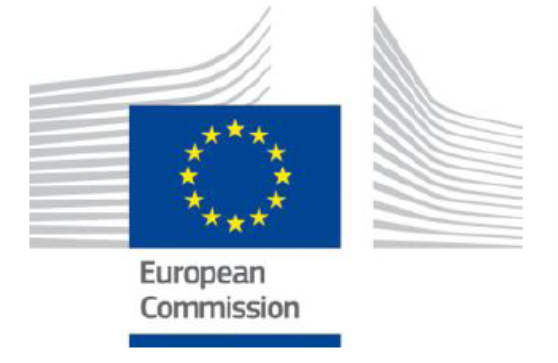European Commission Economic Sentiment Indicator, August 2023: The European Commission (EC) draws from a range of surveys to construct confidence indicators for five sectors of the economy and then uses these to calculate up its Economic Sentiment Indicator (ESI) which is converted to an index based on the long-run average.
The latest reading (dated August*) fell again in the EU and, to a larger extent, in the Euro-zone, although the latter is still slightly higher. In both regions, the ESI has been below its long-run level (which is also the base figure for the index and so is adjusted each month) since the middle of 2022. Significantly, it is now below the low point that was recorded in October 2022.
The movement this month came from lower levels of confidence in the construction, consumers, services and retail trade sectors, with industry confidence only edging down after 6 months of significant decline.
The calculation of industry confidence was a balance between a further fall in the assessment of the current level of orders books, a static position for stocks of finished products and an improvement in the expectation for production in the coming three months; however, although the latter is welcome, it does seem somewhat optimistic in the face of falling order books. This is demonstrated by two other questions which are reported but not used in the calculation of the confidence indicator – both export order books and output in the previous 3 months were assessed more negatively than in the previous month.
There is a range of movements in the ESI calculation by country; among the larger EU economies, three was a significant fall in France and Germany, a more modest reduction in Italy, almost no change in the Netherlands and improvements in Spain and Poland.
As mentioned earlier, the ESI is calculated against the long-run average, so we can look at the position of the individual countries against their own historical situation which is probably as valid as comparing between countries. In the latest reading, most countries still have an ESI below 100 but the 8 exceptions in this survey are Bulgaria, Croatia, Cyprus, Greece, Italy, Malta, Romania and Spain – Portugal dipped back below the base level this month. The EU candidate countries also participate in this survey and Albania and Montenegro also have an ESI reading above their long-run average but North Macedonia fell back under 100.
* Note that although dated August, the data collection period was from 1st to 23rd of that month, so the trends really refer to July and the 3-month periods around this month.
You can download the EC report and statistical annex from their web-site at https://ec.europa.eu/info/business-economy-euro/indicators-statistics/economic-databases/business-and-consumer-surveys/download-business-and-consumer-survey-data/press-releases_en or you can request it from MTA.

